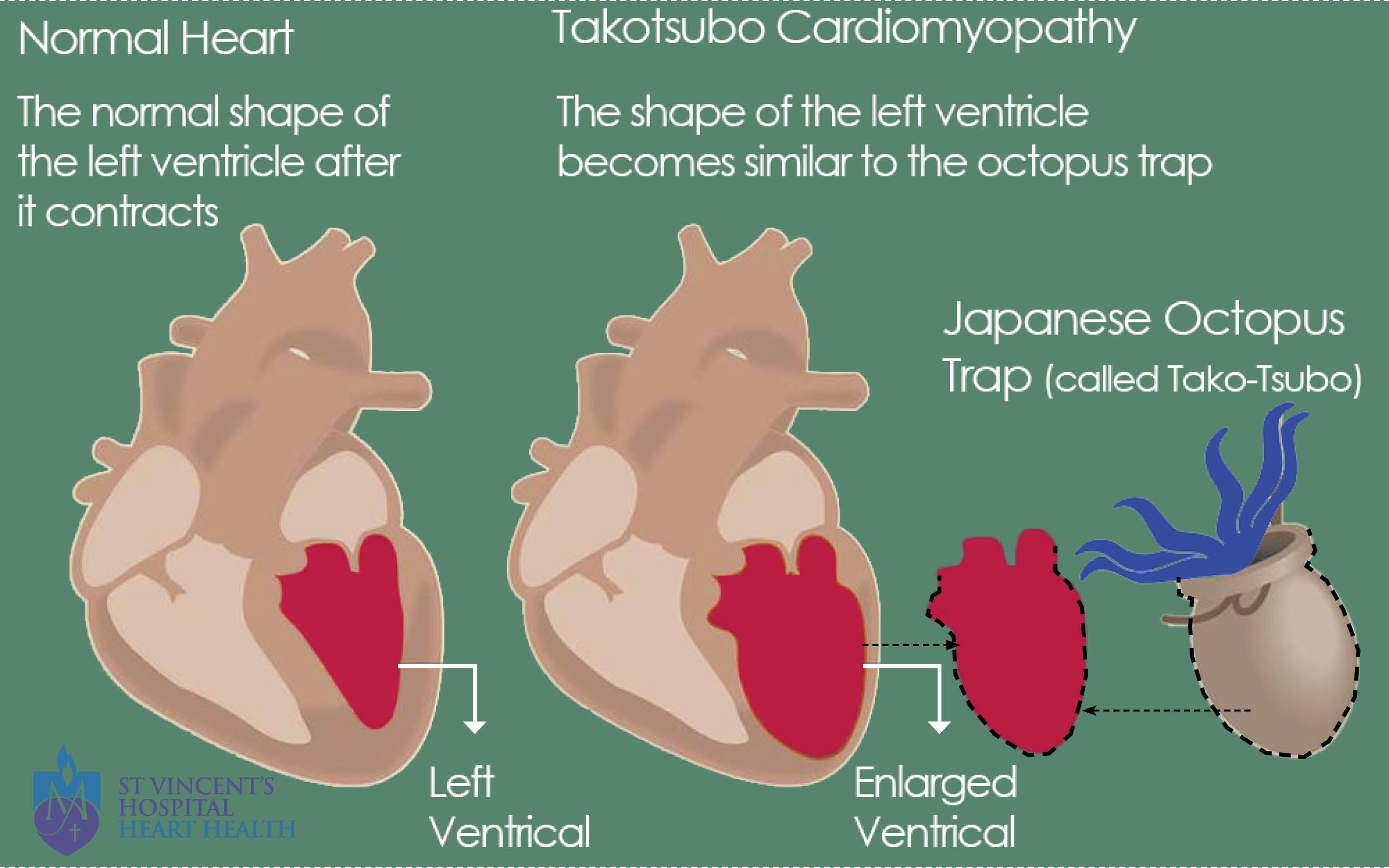COVID 19 AND ITS EFFECTS ON CARDIOVASCULAR SYSTEM
Since Coronavirus is a recent topic which is going on in discussion since last couple of months, we have been hearing various organs being affected by coronavirus. But recently, the SARS-CoV2 has been found to have effects on cardiac system. The four "common cold" human coronaviruses - HCoV-229E, HCoV-NL63, HCoV-OC43 and HCoV-HKU1; are not associated with heart diseases.
There were isolated reports of patients caused by MERS-CoV(Middle Eastern Respiratory Syndrome) with myocarditis and a limited number of case series of cardiac diseases in patients with SARS. Therefore, a distinctive feature of SARS-CoV 2 is more extensive cardiac involvement, which may also be a consequence of the pandemic. The features of SARS-CoV with cardiac involvement are - myocarditis, necrosis of cardiac cells, mimicking heart attack, arrhythmias, and acute or protracted heart failure (muscular dysfunction).
The primary structural difference between the SARS virus and SARS-CoV 2 virus is that, SARS is a furin polybasic site that when cleaved, broadens the types of cells that the virus can infect, i.e. the virus increases the cellular surface area for infection and its range of infectivity. The predominant site for SARS-CoV 2 to attach for infection is the ACE2 receptor and heart is one of many organs with high affinity for ACE2 receptors apart from lungs and kidneys.
Cardiac involvement in athletes has further elevated the concerns. A 27 year old professional basketball player, recovered from COVID 19, experienced sudden death during training. Several other college athletes have been found to have myocarditis.
COVID 19 associated heart dysfunction can also be attributed to other pathways, including Takotsubo syndrome(aka stress cardiomyopathy), ischemia from endothelial cells or atherosclerotic plaque rupture.
Meaning of terms used in this blog -
Myocarditis - Inflammation of the cardiac muscle is called as myocarditis(especially the innermost layer of the heart called as myocardium).
Viral infection is most common. Some of the causative factors for myocarditis are -
- Coxsackie B virus
- Epstein Barr Virus
- Cytomegalovirus (CMV)
- Hepatitis C virus
- Herpes virus
- HIV
- Parvovirus
- Chlamydia
- Mycoplasma
- Streptococcus bacteria
- Shortness of breath
- lightheadedness
- Fever
- Fatigue
- Sore throat
- Headache
- A sharp stabbing chest pain or pressure radiating to neck and shoulders
- Swollen joints, legs, veins
- Reduced urine output, etc
Common triggers can include the death of a loved one, a serious accident, a fierce argument, an unexpected loss or a sudden illness. These triggers are the reason for the condition’s nickname, broken heart syndrome.
Takotsubo cardiomyopathy can occur at any age in both men and women.
The main symptoms are sudden chest pain, shortness of breath or fainting - usually after feeling severe stress.
These symptoms are similar to those of a heart attack, so if you experience these symptoms, call an ambulance straight away.
Symptoms of arrhythmias include
- Fast or slow heart beat
- Skipping beats
- Lightheadedness or dizziness
- Chest pain
- Shortness of breath
- Sweating
This GIF shows the Ventricular Tachycardia, a form of arrhythmia where the ventricles beat faster than the atria.
Contact us - @_dr.yogiraj_ @creativesparkblogs
Author - Dr. Yogiraj Karambelkar






Comments
Post a Comment